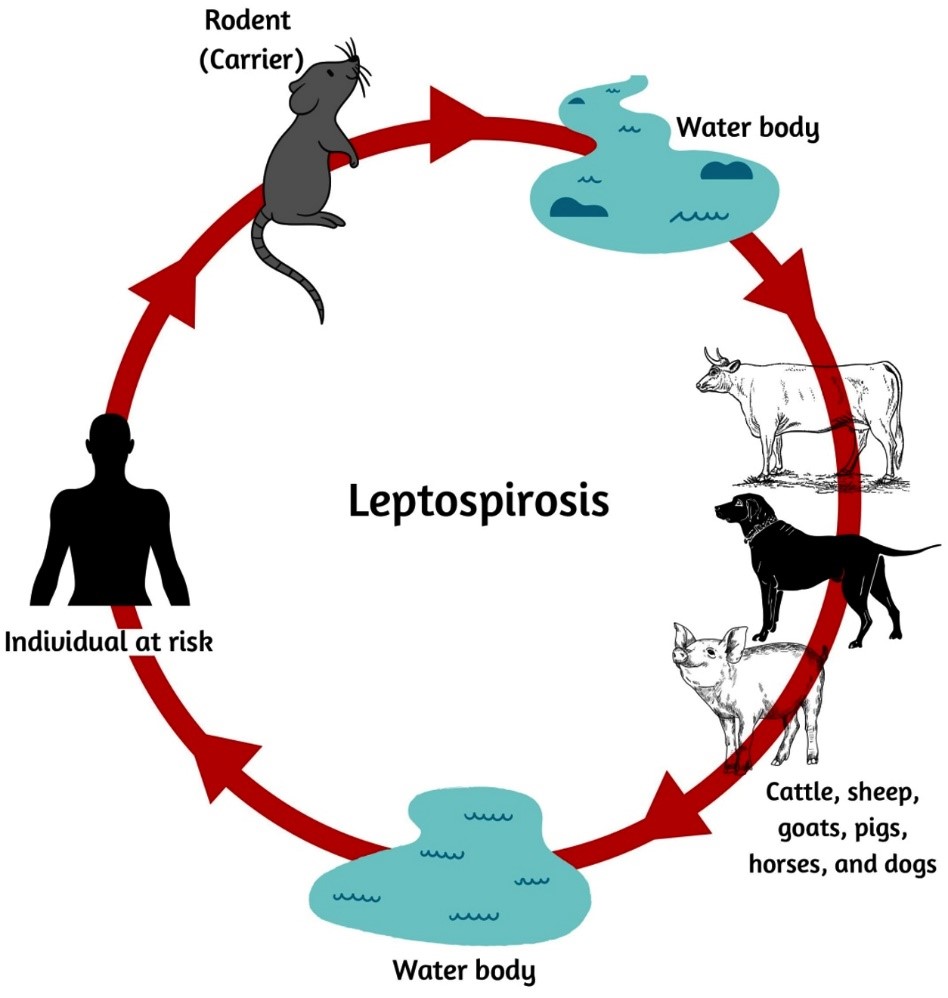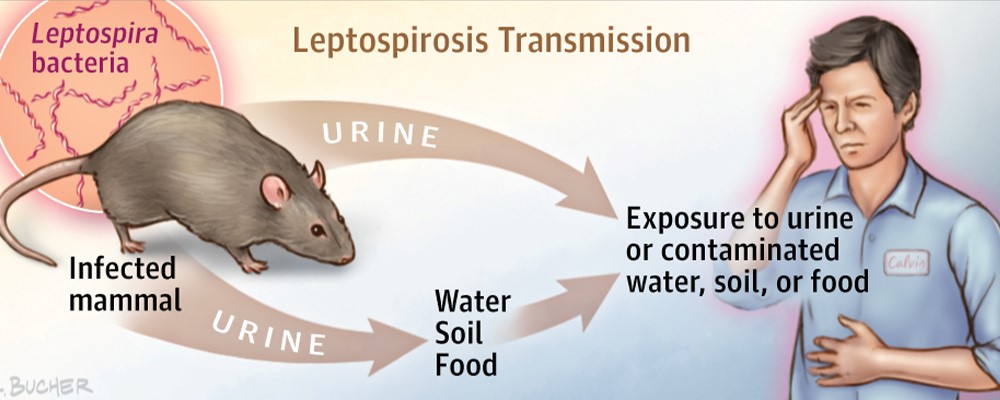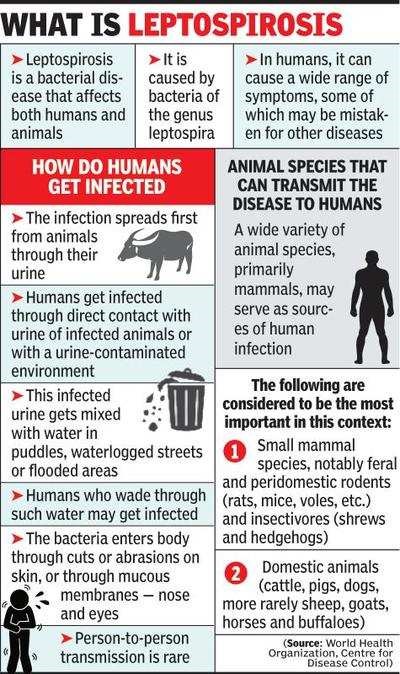





Disclaimer: Copyright infringement not intended.
Context
About
Infection
Signs and symptoms
Acute Form
Transmission


Treatment
In a nutshell,

|
PRACTICE QUESTION Q. Consider the following statements. a) Leptospirosis is a blood infection caused by the Virus Leptospira. b) Weil's disease, the acute, severe form of leptospirosis, causes the infected individual to become jaundiced (skin and eyes become yellow), develop kidney failure, and bleed. Which of the statements given above is/are correct? 1. a only 2. b only 3. Both a and b 4. None of the above. Correct Answer: 3) a and b only |





© 2025 iasgyan. All right reserved